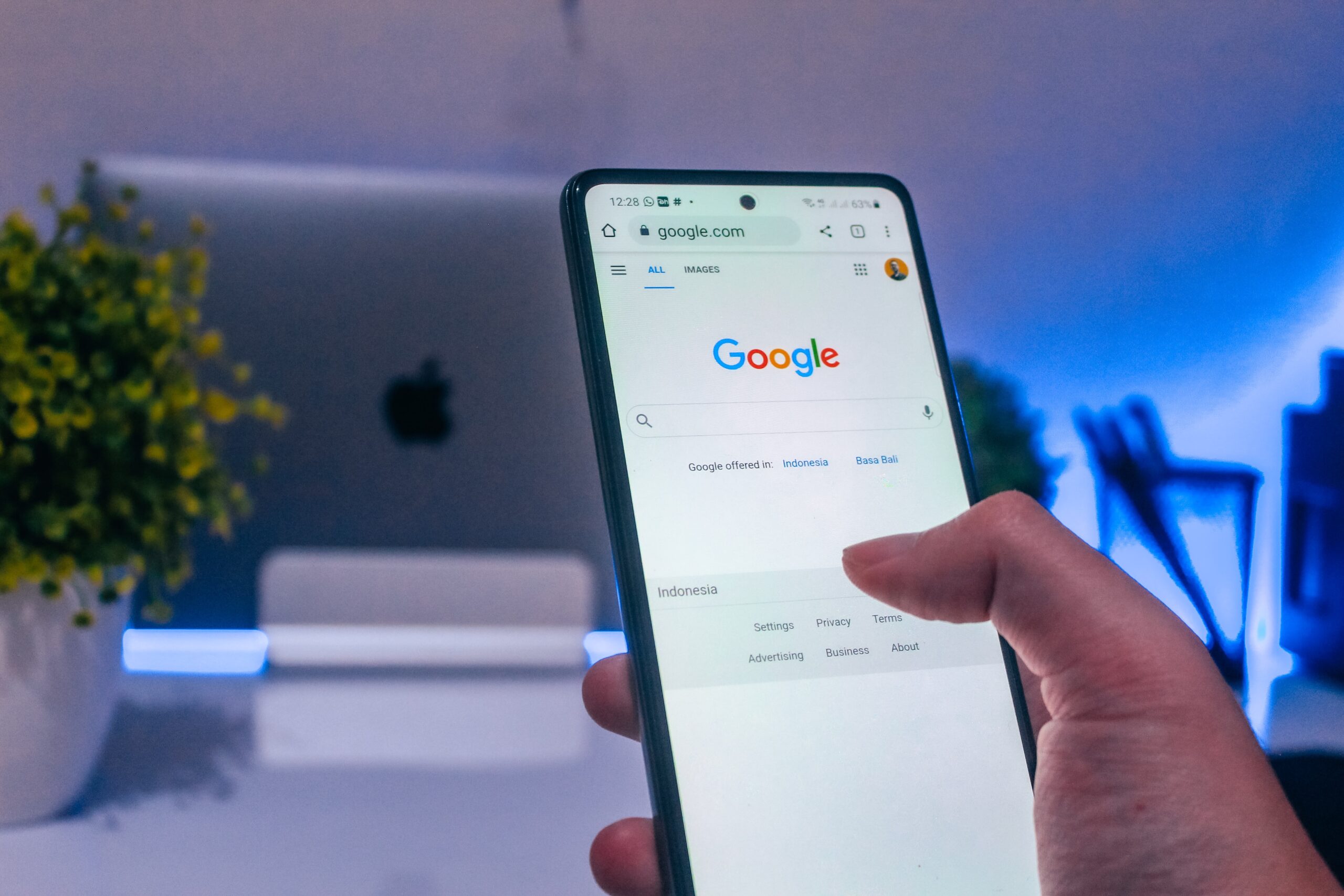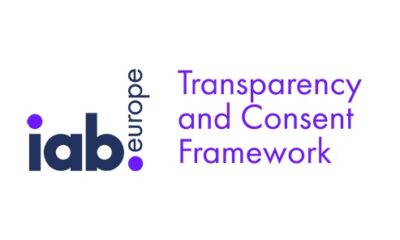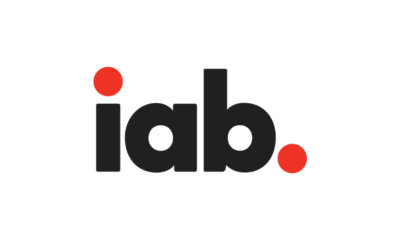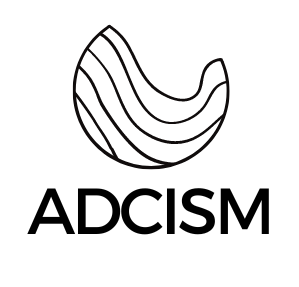DoubClick Acquisition by Google: Transforming Digital Advertising

Introduction:
In a strategic move that sent shockwaves throughout the digital advertising industry, Google’s acquisition of DoubleClick in 2008 proved to be a game-changer. The merger of these two industry powerhouses created a formidable force that revolutionized online advertising. This article explores the significance of the DoubleClick acquisition by Google, its impact on the digital advertising ecosystem, and how it has shaped the way businesses connect with their target audiences.
The Birth of a Digital Advertising Powerhouse:
In April 2007, Google announced its intention to acquire DoubleClick, a leading provider of ad management and serving solutions. The $3.1 billion acquisition was a bold move by Google, solidifying its position in the digital advertising market and expanding its capabilities beyond search advertising. With DoubleClick’s robust technology and extensive ad network, Google gained access to a vast array of tools and resources to enhance its advertising offerings.

Unlocking Advanced Ad Serving Capabilities:
DoubleClick’s core offering, DART (Dynamic Advertising Reporting and Targeting), brought advanced ad serving capabilities to Google’s advertising ecosystem. DART enabled advertisers to serve ads based on various targeting criteria, such as demographics, geography, and browsing behavior. This level of granularity empowered advertisers to deliver more personalized and relevant ad experiences to their audiences, increasing engagement and conversion rates.
Expanding Advertising Reach:
Google’s acquisition of DoubleClick significantly expanded its reach within the digital advertising landscape. DoubleClick’s ad network, which encompassed a broad range of publishers and websites, provided Google with an extensive inventory to serve ads. This expanded reach allowed advertisers to target audiences across a diverse array of platforms, reaching users wherever they were online. The increased scale and reach enabled businesses to maximize their brand exposure and connect with their desired audiences more effectively.
Integration with Google’s Advertising Ecosystem:
The integration of DoubleClick with Google’s existing advertising products, such as AdWords and AdSense, created a comprehensive suite of tools for advertisers. Advertisers could now manage their campaigns seamlessly across search, display, video, and mobile channels through a unified platform. The integration also facilitated cross-channel optimization, enabling advertisers to allocate budgets, set bids, and monitor performance holistically. This centralized approach simplified campaign management and provided advertisers with enhanced control and efficiency.
Advancements in Measurement and Analytics: DoubleClick’s acquisition brought a wealth of measurement and analytics capabilities to Google. Advertisers gained access to robust reporting tools that provided deep insights into campaign performance, audience engagement, and conversion tracking. This data-driven approach allowed businesses to make informed decisions, optimize their campaigns in real-time, and allocate resources effectively. The integration of DoubleClick with Google Analytics further enhanced the measurement capabilities, offering a holistic view of user behavior across multiple touchpoints.
Read more from link
Privacy and Data Concerns:
The DoubleClick acquisition also raised concerns about privacy and data usage. As Google combined its vast data resources with DoubleClick’s capabilities, questions arose regarding the handling and protection of user information. Google took steps to address these concerns by implementing privacy policies and user consent mechanisms to ensure transparency and data protection. However, the acquisition sparked debates about the balance between personalized advertising and individual privacy, highlighting the need for ongoing discussions on ethical data practices.
Conclusion:
The acquisition of DoubleClick by Google marked a significant milestone in the evolution of digital advertising. This strategic move solidified Google’s position as a dominant force in the industry, empowering advertisers with advanced targeting capabilities, expanded reach, and enhanced measurement tools. The integration of DoubleClick within Google’s advertising ecosystem streamlined campaign management and provided advertisers with unprecedented control and efficiency. While the acquisition also raised privacy concerns, it brought the importance of data ethics to the forefront. Ultimately, the DoubleClick acquisition by Google propelled the digital advertising landscape forward, transforming the way businesses engage with their target audiences and
Read more on Link
Advertising
Unleashing the Power of Digital Advertising with Google Ad Manager

Introduction:
In today’s rapidly evolving digital landscape, publishers and advertisers require robust and efficient platforms to manage their advertising operations. Google Ad Manager emerges as a powerful solution, providing a comprehensive suite of tools and services to streamline ad serving, optimize revenue, and deliver engaging ad experiences. In this article, we explore the key features and benefits of Google Ad Manager, highlighting how it empowers publishers and advertisers to maximize the impact of their digital advertising campaigns.

What is Google Ad Manager?
Google Ad Manager is a full-featured ad management platform designed to simplify the process of delivering, measuring, and optimizing digital advertising. It integrates a range of solutions and features that cater to the needs of publishers, advertisers, and ad networks, providing them with a centralized hub to manage their advertising ecosystem efficiently.
Key Features and Benefits of Google Ad Manager:
- Ad Inventory Management: Google Ad Manager allows publishers to effortlessly manage their ad inventory across various platforms, including websites, mobile apps, and video content. It provides a unified interface to control and optimize ad placements, formats, and targeting options, maximizing revenue potential and ensuring ads are delivered seamlessly to the right audiences.
- Yield Optimization: Ad Manager employs advanced algorithms and machine learning techniques to optimize ad delivery and maximize revenue. Through real-time bidding and dynamic ad allocation, the platform analyzes multiple demand sources and prioritizes the most valuable ads, resulting in increased fill rates, higher CPMs, and enhanced overall monetization.
- Programmatic Advertising: Google Ad Manager integrates seamlessly with programmatic advertising solutions, enabling publishers to tap into the automated buying and selling of ad inventory in real-time. This facilitates efficient transactions and allows advertisers to reach highly targeted audiences while publishers benefit from increased demand and improved yield.
- Audience Targeting and Segmentation: Ad Manager offers powerful audience targeting capabilities, allowing advertisers to reach specific segments based on demographics, interests, behavior, and contextual relevance. This precision targeting enhances ad relevance, engagement, and campaign effectiveness, ultimately driving higher conversion rates and ROI.
- Ad Quality and Brand Safety: Google Ad Manager provides comprehensive tools to ensure ad quality and brand safety. It incorporates advanced verification systems, ad filtering, and content classification to protect against fraudulent and inappropriate ads, safeguarding both publishers’ reputations and advertisers’ brand integrity.
- Reporting and Insights: Ad Manager offers robust reporting and analytics features, providing publishers and advertisers with actionable insights into ad performance, revenue trends, audience behavior, and more. This data-driven approach empowers stakeholders to make informed decisions, optimize campaigns, and drive continuous improvement.
Conclusion:
Google Ad Manager stands as a leading ad management platform, empowering publishers and advertisers to unlock the full potential of their digital advertising efforts. With its comprehensive suite of tools, advanced optimization algorithms, and seamless integration with programmatic advertising, Ad Manager enables efficient ad serving, revenue optimization, and engaging ad experiences. By leveraging the targeting capabilities, brand safety measures, and in-depth reporting features, publishers and advertisers can enhance their campaign outcomes, maximize revenue, and deliver impactful and relevant ad experiences to their target audiences. Google Ad Manager remains a game-changer in the ever-evolving world of digital advertising, driving innovation, and fueling success in the dynamic online ecosystem.
More information on Google Ad Manager: Link
Unleashing the Power of Programmatic Advertising: Revolutionizing the Digital Marketing Landscape

Introduction:
In today’s fast-paced digital world, programmatic advertising has emerged as a transformative force, reshaping the way brands connect with their target audiences. With its ability to automate and optimize ad campaigns in real-time, programmatic advertising has revolutionized the digital marketing landscape. This article delves into the concept of programmatic advertising, exploring its benefits, key components, and its profound impact on the advertising industry.
Understanding Programmatic Advertising:
Programmatic advertising refers to the automated buying and selling of digital ad inventory through sophisticated algorithms and technology platforms. Unlike traditional advertising methods that rely on manual negotiations and human intervention, programmatic advertising leverages artificial intelligence (AI) and machine learning to streamline the ad buying process, making it faster, more efficient, and data-driven.
Key Components of Programmatic Advertising:
- Real-time Bidding (RTB): Real-time bidding is a crucial element of programmatic advertising. It allows advertisers to bid on ad impressions in real-time auctions, enabling them to target specific audiences and serve ads to the most relevant users at the right moment. This instantaneous decision-making process ensures that brands can maximize their advertising budgets by reaching the most valuable consumers.
- Data and Audience Targeting: Programmatic advertising relies heavily on data to identify and target specific audience segments. By analyzing vast amounts of consumer data, including demographics, browsing behavior, and purchase history, advertisers can create highly personalized and targeted campaigns. This granular level of targeting maximizes the effectiveness of ad placements, delivering more relevant messages to the right audience, thereby increasing engagement and conversion rates.
- Automated Optimization: One of the primary advantages of programmatic advertising is its ability to optimize campaigns in real-time. Through continuous analysis of performance metrics and AI-driven algorithms, programmatic platforms can automatically adjust targeting parameters, budgets, and ad placements to ensure optimal results. This data-driven approach allows advertisers to fine-tune their campaigns on the fly, maximizing their return on investment (ROI) and improving overall campaign performance.
Benefits of Programmatic Advertising:
a. Enhanced Efficiency: Programmatic advertising eliminates the need for manual processes, reducing human errors and saving time. Advertisers can manage and optimize multiple campaigns across various platforms simultaneously, streamlining workflows and improving efficiency.
b. Precise Targeting: With access to a wealth of consumer data, programmatic advertising enables advertisers to reach highly specific audience segments, increasing the likelihood of engagement and conversions. Precise targeting ensures that ad spend is allocated to the most valuable prospects, enhancing campaign effectiveness.
c. Improved Transparency: Programmatic advertising platforms provide advertisers with detailed insights and performance metrics, allowing them to track and measure the success of their campaigns in real-time. This transparency empowers advertisers with actionable data to refine their strategies and make informed decisions.
d. Cost-effectiveness: Programmatic advertising enables advertisers to optimize their budgets by precisely targeting the most valuable users and avoiding wasteful spend. Advertisers can bid on impressions in real-time, ensuring that they pay the most competitive price for ad placements.
e. Ad Format Diversity: Programmatic advertising supports various ad formats, including display, video, native, and mobile. This versatility allows advertisers to create engaging and immersive ad experiences tailored to specific platforms and devices, maximizing the impact of their campaigns.
Conclusion:
Programmatic advertising has revolutionized the digital marketing landscape, empowering brands to reach their target audiences with unprecedented precision and efficiency. By harnessing the power of real-time bidding, advanced data analysis, and automated optimization, programmatic advertising delivers highly targeted and personalized campaigns, driving engagement, conversions, and ultimately, business growth. As technology continues to evolve, programmatic advertising is poised to play an even more significant role in shaping the future of digital advertising, empowering advertisers to connect with
Beginner’s guide to programmatic – Link
-

 Ad Tech1 year ago
Ad Tech1 year agoWhat is Ad Stitching?
-

 Featured1 year ago
Featured1 year agoHow to find TCF String – Chrome Network Tab?
-

 1 year ago
1 year agoHow to verify TC String’s origin from a CMP participating in the IAB Transparency and Consent Framework (TCF)
-

 1 year ago
1 year agoConquering the Living Room: Top 5 Ad Servers for CTV Domination in 2024
-

 Ad Tech1 year ago
Ad Tech1 year agoAI on Advertising
-

 1 year ago
1 year agoCutting the Cord, Not the Ads: How OTT Advertising Works
-

 Advertising1 year ago
Advertising1 year agoChrome Says Cookie Crumbles: What You Need to Know about the Phase-Out
-

 Advertising2 years ago
Advertising2 years agoUnderstanding the IAB Content Taxonomy: Categorizing Content for Enhanced Advertising Relevance






